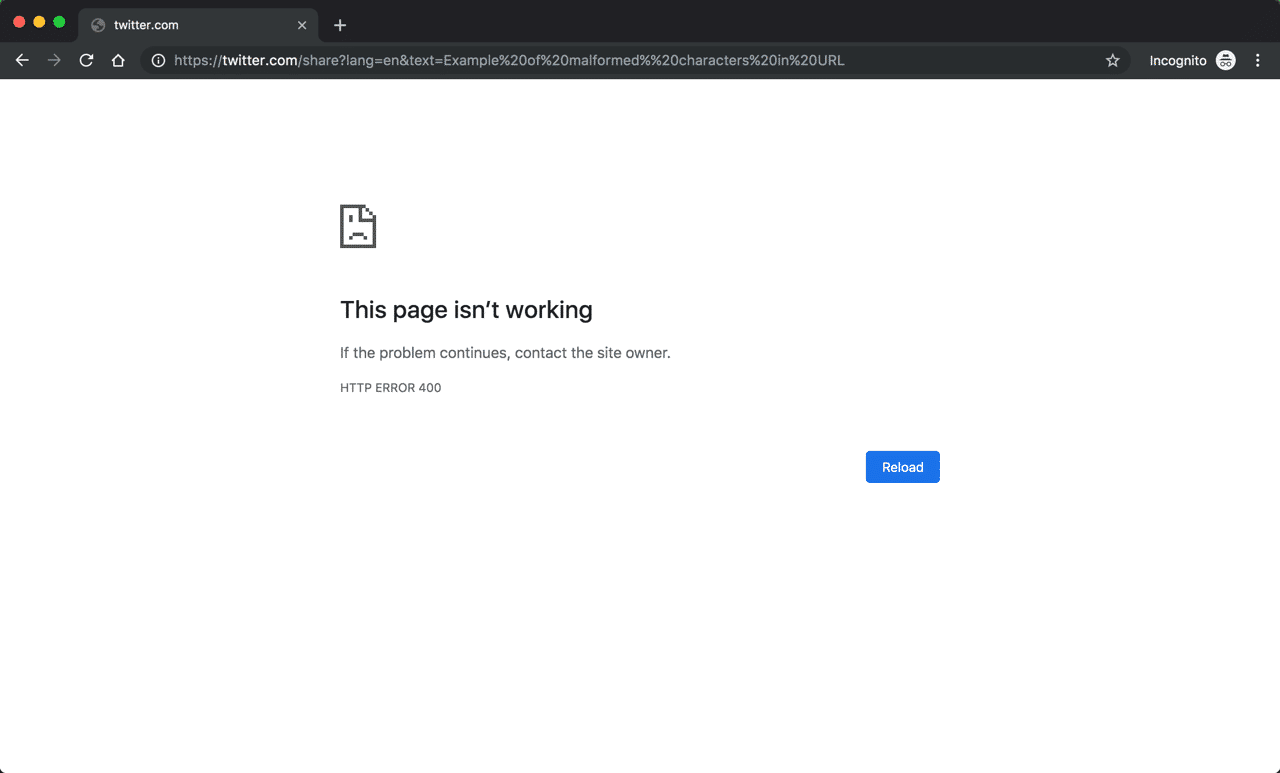If you have been running a WordPress website then you must have come across a few errors. Some of these errors are easy to fix while some other ones are relatively difficult. 400 bad request error is one of the difficult errors. At this point, you must be having a few questions in your mind. These questions can be like: What does 400 bad request mean, How do I get rid of 400 bad request or How to fix 400 bad request. You have come to the right place because here we are going to discuss all these things. You will get a clear understanding of everything related to this error.
All about Error 400 Bad Request
What is 400 errors?
The Http 400 bad request is a response status code. It clearly indicates that the web server could not process the request which the client made. And the reason for that is invalid syntax. Some of the HTTP errors are very difficult to fix because the error message does not contain any information about the cause of the error. 400 bad request is one of such errors. When this error takes place this simply indicates a problem between the client, the application, the server, etc. Finding out the reason for this error can prove to be a difficult task.

When this error takes place it simply means that the client has made a request that was invalid for some reason. Or it is also possible that there is some issue on the client-side. The cases can be like: the client is trying to send a very large file, the request is invalid for some reason or the request HTTP headers is invalid etc. Even if this is a client error response, this does not mean that the client or the server can be eliminated as the root cause of the issue. In such cases, the server will keep working as the network object.
Possible Causes of 400 bad request :
This HTTP error shows that the web server on which your website is being hosted is not able to process the request that the client has made. It happens because of an issue recognized as a client issue by the server. There are so many different scenarios in which this HTTP error can take place. Here we have mentioned the most common causes of this error:
- There are chances that the client is sending deceptive request routing information. He could be doing it accidentally or intentionally. There are some servers that look for custom HTTP headers in order to process requests. This helps the server to verify that the client is not performing any malicious activities. If you are not able to find any expected custom HTTP header or if that is invalid then there are chances that you will come across the 400 Bad Request Error on your website.
- The second case is if the client is trying to upload a file that is very large in size. Generally, the web servers have a particular size limit for the files that can be uploaded. This is why the files that are very large cannot get uploaded. When an attempt is made to upload a larger file than the standard size then the bandwidth and other resources get clogged up. This is also one of the most common causes of the occurrence of error 400 bad request.
- Another case is when the client is sending a request to access an URL that is not valid. If an attempt is being made to access an invalid URL then there are chances that you will come across an Error 400 bad request.
- Or one more instance is when the client is trying to use a local cookie that is not valid or has been already expired. This could happen by mistake or intentionally. In this case, a local cookie of the browser identified the client via a session cookie. This can also cause the error 400 bad request header or cookie too large.

How to Fix 400 Bad Requests?
By now you must have understood that this error is a client error response code. So it is always a good idea that you start fixing the problem by fixing the problem causing factors on the client-side. For your convenience, here we have compiled a list of all the possible ways to fix this error.
Check the Requested URL
One of the most common causes of this error is using an incorrect URL to access the page. Nonetheless, the portions that come after the domain name are case sensitive. These portions can be path, query, etc. Above all, check the URL for inappropriate exceptional characters that don’t have a place. In the event that the server got a twisted URL, it’s probably going to deliver a 400 Bad Request Error reaction.
Clear Relevant Cookies
As talked about over, one more common reason for this error is an invalid or copy local cookie. HTTP cookies are minuscule bits of information put away on your neighborhood gadget, which are utilized by sites and applications as a memorable system to “recall” data about this specific program and additionally gadget. Most present-day web applications exploit cookies to store client or program explicit information, recognizing the customer and taking into consideration future visits to be quicker and simpler.
By and large, you just need to fret about cookies that are pertinent to the site or application causing the issue. cookies are put away depending on the web application’s area name, so you can unequivocally expel just those cookies that coordinate the site space along these lines keeping every single other cookie unblemished. Be that as it may, in the event that you are new to physically evacuating certain cookies, it’s a lot simpler and more secure to clear all cookies without a moment’s delay.
The process of clearing cookies can vary depending on the browser.
Upload a Smaller File:
If you come across this error when you try to upload a file then there are chances that this file is larger than the explicit file size of the webserver. When we try to upload a larger file then it is very much likely to cause the error 400 Bad Request. To find out if this is the case, it is a good idea to try uploading a smaller file. If this resolves the issue then you have your answer. Once you remove that large file, your issue will get fixed automatically.
Try Logging Out and Then Logging In:
If there is some kind of user authentication on your application then you can try to log out and then log back in. In most of the cases, this fixes the issue. Clearing the browser cookies, also logs you out when you try to access the page again. After this, you can easily log back in. When the webserver considers your session token as invalid or compromised, there are chances that you will come across this error on your website.
Look for Any Invalid HTTP Header:
This solution is a little bit difficult to be used by non-tech savvy people. But there are chances that you are receiving this error because there are missing or invalid custom HTTP headers. If this is the case then you should take care of this. To find out, you have to analyze the HTTP headers that are sent on the server-side. Here you can figure out if these HTTP headers are invalid or not the expected ones.
Check the Server Logs:
Generally, every application keeps its server logs saved in one form or another. These logs are a detailed history of all the activities that took place within the application. Here you will find information like: all the pages that were requested, the web servers to which it got connected, provided database results, and many more things. With the help of these logs you can easily get the information about the health and status of the webserver. If you are not able to find out the root cause of this error then it is a good idea to check the server logs. They will definitely lead you somewhere.
Check the Code or Scripts:
If none of the above-mentioned solutions work then this is because there is some issue in a piece of code. Sometimes an error in the code can also cause the 400 bad request issue. In order to find out the origin of this issue, you will have to debug your code. It is a good idea to parse through the application and server logs. Or you can also create a copy of the application on the local machine. And after this, you can do step-by-step debugging.
Wrapping Up!
When the error 400 bad request takes place this simply indicates that there is some issue with your web server on which your website is being hosted. When this error takes place this simply indicates a problem between the client, the application, the server, etc. The task of getting rid of this error can be very exhausting if you do not find out the reason first. So it is always a good idea to diagnose the error and figure out what is causing this. Here we have discussed everything about this HTTP error in great detail. This will help you to understand the issue better.
If your mind is now full of queries related to any of the above solutions or you want to know more about the error 400 Bad Request then this is the case when the need for some expert help arises. At this point, you must have started wondering from where you can get the right help. There is no need to worry. You can contact us for all of your queries. Our team of WordPress Backup Service experts will assist you in every possible way. You can give us a call on 1-866.332.O276. We work 24×7.
FAQs:
Can entering an incorrect URL cause the error 400 bad request?
Yes, it is one of the most common reasons.
What needs to be done if the error is being caused because of an attempt made to upload a large file?
In this case, you can try uploading a smaller file.
Can checking the server logs help in figuring out the reason for the error?
Yes, it can help.
Is it possible to fix this issue by clearing the cookies?
Yes, it is possible.
Can invalid or missing HTTP headers can cause this error?
Yes, it can cause this error.
Other Blog you might wish to read:




